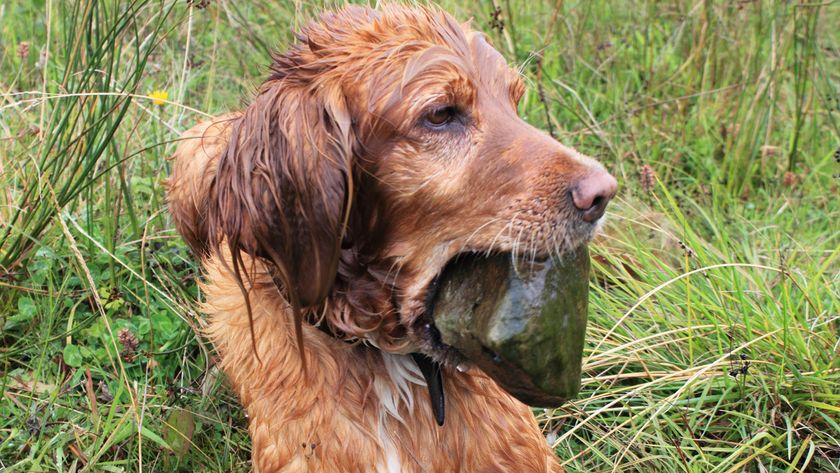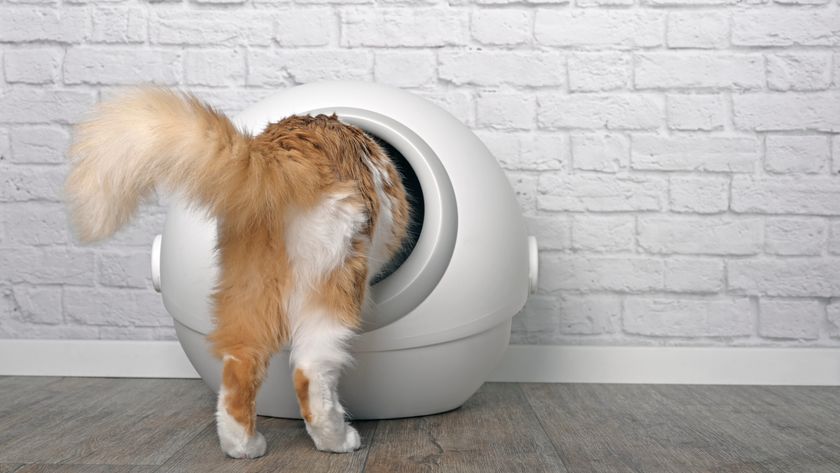Here’s how one dog trainer prevents leash pulling while using a harness — it’s super straightforward
Put the joy back in your daily walks with this dog trainer’s six strategies to prevent leash pulling

Have you heard that harnesses cause pulling? This myth is one that a lot of pet parents encounter, but in reality, nothing can be further from the truth.
While there are lots of common loose leash walking mistakes that we can make with our dogs, it's completely possible to enjoy a stress-free stroll with your pup that doesn't involve pulling — just ask top trainer Julianna DeWillems.
"Harnesses do not CAUSE pulling," the founder of JW Dog Training & Behavior says. "You absolutely can teach desirable leash behaviors using a harness—we do it all the time!"
To have your pup walking like a pro, DeWillems is sharing her top six tips to reduce pulling while using a harness. Read on to find out what they are...
A post shared by JW Dog Training & Behavior Consulting (@jwdogtraining)
A photo posted by on
According to DeWillems, the first thing you want to do when it comes to preventing leash pulling is to teach your dog desirable behaviors — these include: walking close enough to you so there's slack in the leash, looking at you, and eating from your hand.
Next up, you'll want to ensure you have plenty of the best dog treats on hand to reward good behavior. It's a good idea to choose something soft and quick to chew as this will allow you to provide your pup with a high rate of reinforcement.
Thirdly, DeWillems advises that you use a long leash to give your pup plenty of room to roam. "Eight feet is generally our minimum length for a comfortable walk for us and our dogs."
PetsRadar Newsletter
Get the best advice, tips and top tech for your beloved Pets
Another great way to reduce leash pulling when your dog is on a harness is to exercise your canine companion before you go for a walk. "Especially if they’re young (under two-three). Play tug or toss a ball in yard or down the hallway before you head out," says DeWillems.
While this may sound like a counterintuitive thing to do — after all, the purpose of going for a walk is to exercise them — it can help your dog burn off some energy by allowing them to run around unrestricted, which is likely to result in a calm, stress-free stroll.
DeWillems's fifth tip is to allow for plenty of sniffing. A sniffari can tire your dog out more than a huge walk, plus, if they're sniffing, they're likely not pulling.
Finally, "practice all of this in a variety of environments and understand that novel or stimulating environments will likely produce more pulling," DeWillems explains.
The tips above can make a huge difference when it comes to preventing leash pulling when your pup is wearing a harness. However, if you find after several months that your dog is still pulling a lot when you're out on walks, we recommend contacting a professional trainer who will be able to offer you some 1:1 support.

Kathryn is a freelance writer who has been a member of the PetsRadar family since it launched in 2020. Highly experienced in her field, she's driven by a desire to provide pet parents with accurate, timely, and informative content that enables them to provide their fur friends with everything they need to thrive. Kathryn works closely with vets and trainers to ensure all articles offer the most up-to-date information across a range of pet-related fields, from insights into health and behavior issues to tips on products and training. When she’s not busy crafting the perfect sentence for her features, buying guides and news pieces, she can be found hanging out with her family (which includes one super sassy cat), drinking copious amounts of Jasmine tea and reading all the books.












